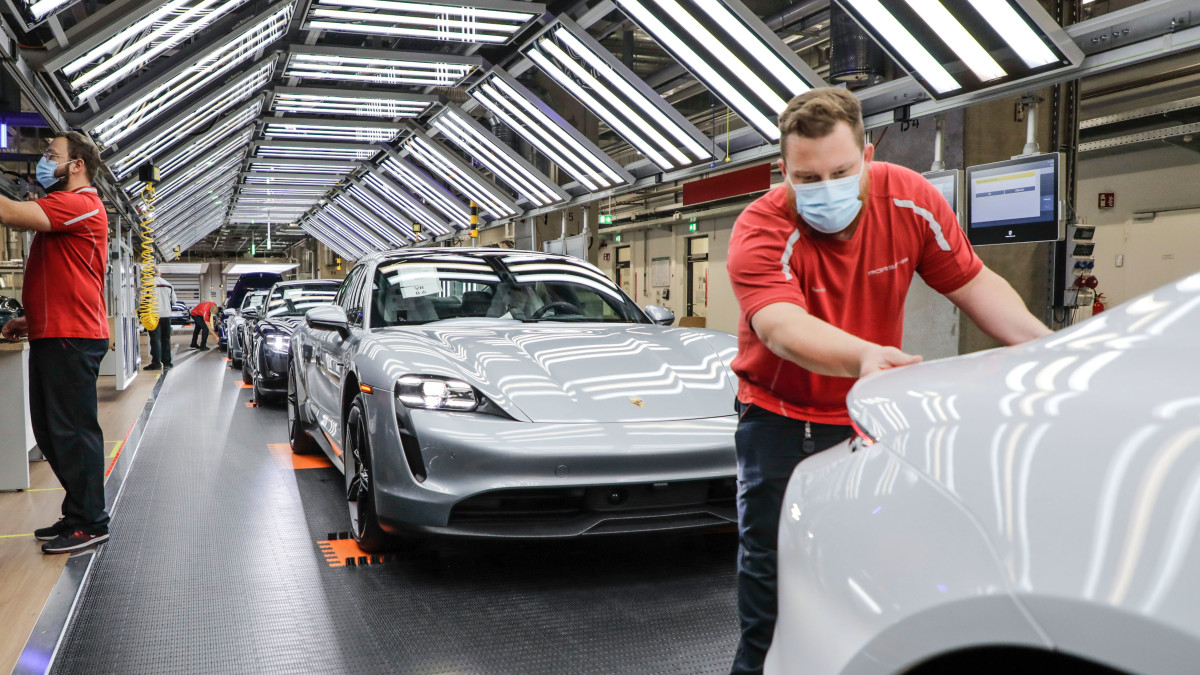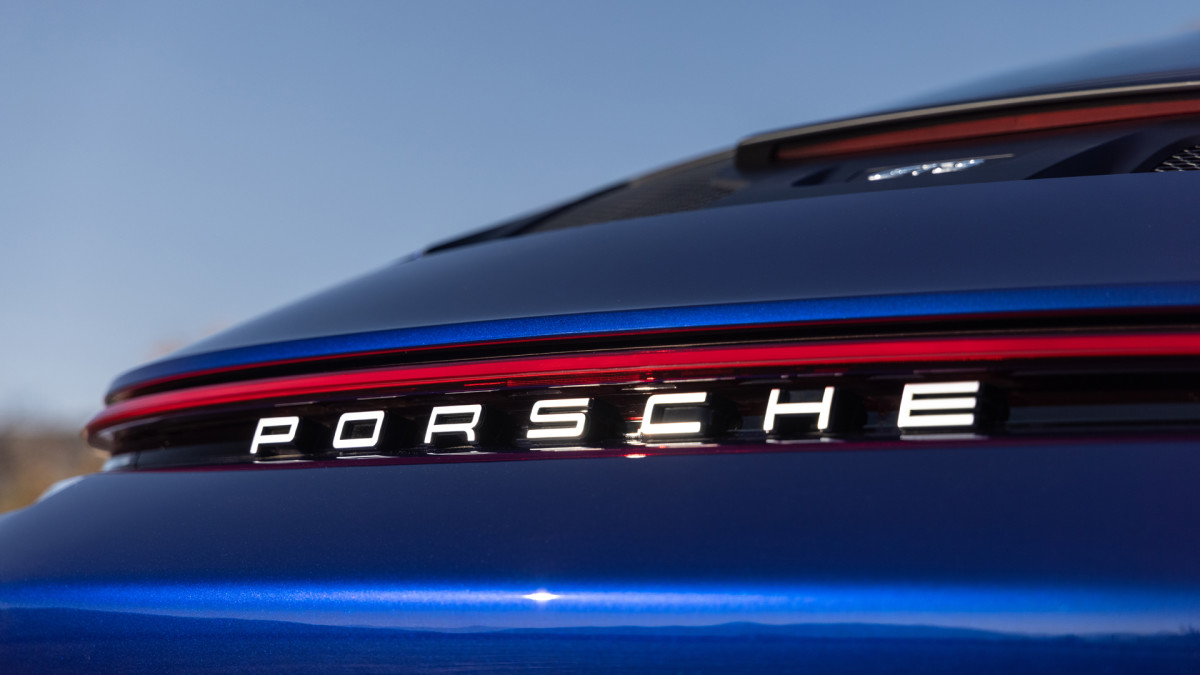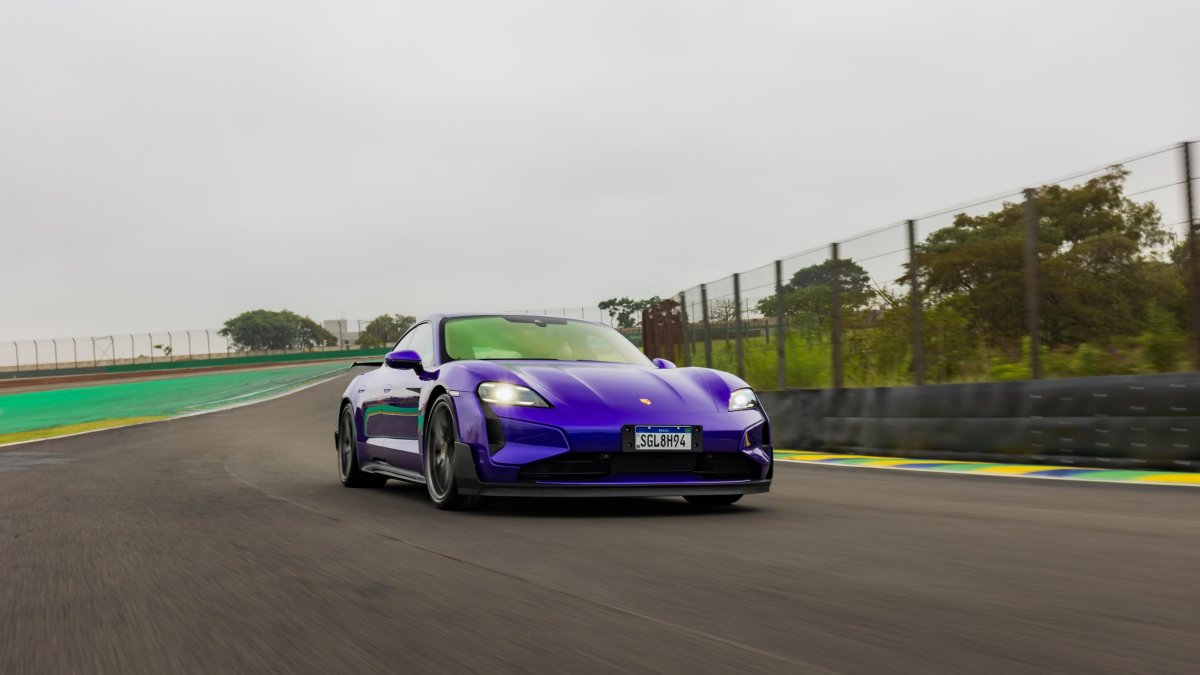Porsche, the brand that once thrived on profit margins as crisp as the handling of a 911 on a damp B-road, has delivered a brutal wake-up call to its own workforce. In an internal communication first reported by Bloomberg and later confirmed by Reuters, CEO Oliver Blume told employees that the company’s traditional business model is no longer sustainable in the current climate. “Our business model, which has served us well for many decades, no longer works in its current form,” Blume said.
This sobering admission sets the tone for a forthcoming round of cost-cutting talks, with Porsche now preparing for a serious overhaul of its production structure, spending priorities, and long-term strategy. Labor negotiations are expected to begin later this year — and if the last round of restructuring is anything to go by, the fallout could be substantial.
Porsche
North America Up, China Down
To the casual observer, this warning might seem surprising. After all, Porsche’s North American division just posted its best-ever half-year sales figures. Deliveries rose 11.4% year-over-year, with 38,696 vehicles shifted in just six months. CEO of Porsche Cars North America, Timo Resch, credited the growth to customer enthusiasm and the strength of the dealer network.
But the bigger picture is far less rosy. Globally, Porsche is still down 8% on sales in Q1, and much of that downturn is being driven by a stunning 42% sales drop in China. The world’s largest car market, once a reliable growth engine for the German automaker, has become a liability amid rising protectionism, weak consumer confidence, and a fiercely competitive EV sector.

Tariffs, Taycans, and a Tense Transition
Layered atop the China crisis is the ongoing problem of profitability. Porsche has already slashed its full-year profit outlook, now forecasting margins between 6.5% and 8% — well below its historical average of 12–15%. The company is feeling the squeeze from multiple sides: rising U.S. tariffs, fluctuating foreign exchange rates, and the capital costs of an underperforming EV transition.
Sales of the all-electric Taycan — once positioned as Porsche’s halo EV — have stumbled dramatically. And while the newly launched Macan EV has been well-received in North America, the global appetite for high-priced electric performance cars is proving more volatile than expected.
Blume hasn’t minced words about the road ahead. Porsche is expected to move away from its prior goal of 80% electric vehicle sales by 2030, and more investment will be reallocated to hybrid and combustion powertrains. It’s a dramatic pivot for a brand that only a year ago appeared all-in on electrification.
Porsche
What Happens Next?
Porsche’s warning comes at a pivotal moment not just for the company, but for the industry at large. With global demand for EVs cooling and trade politics turning up the heat, even luxury stalwarts aren’t immune to the turbulence. Porsche’s leadership says further announcements about structural changes will follow later this year.
What’s clear is that Stuttgart’s favorite export is entering a period of reinvention. The badge might still carry weight, but in an industry where costs are rising, EV dreams are stumbling, and global trade is a geopolitical minefield — even Porsche has to rethink how it stays in the black.